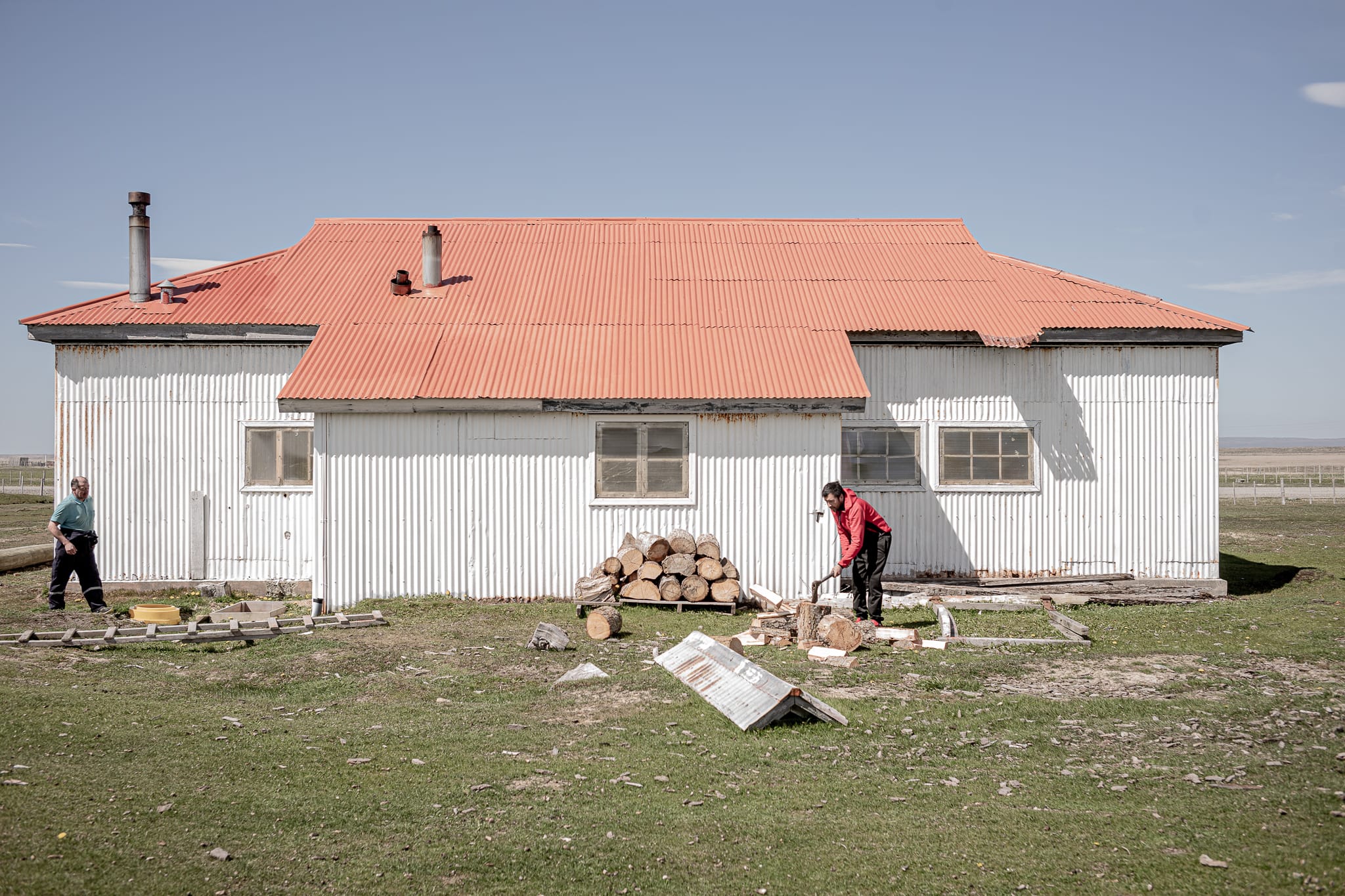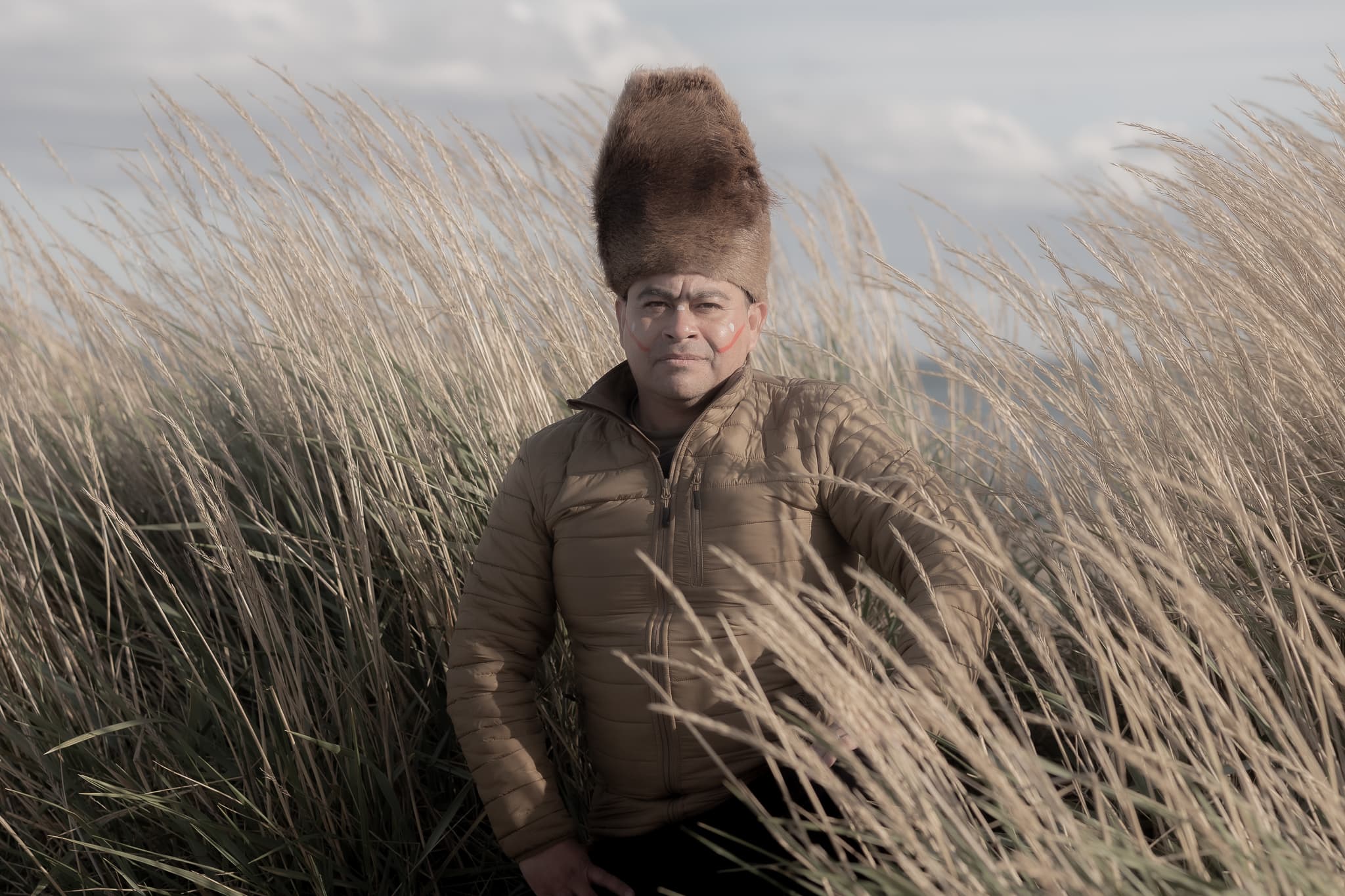
Karokynka: the journey to the last land
Brazilian photographer Marcio Pimenta says that photography saved him. He is an economist by training and decided to do a Ph.D. in American studies in Chile. In the midst, he experienced a very depressing moment from which he get out thanks to the camera. Thus, he decided to become a professional photographer.
Marcio has worked as a photojournalist for several media but always looking for stories that interest him personally. He says that he spends a lot of time researching before starting any project. During the pandemic, like so many other people, Marcio was transformed. He decided that he would no longer be a photojournalist, but a photographer, without any other adjectives. During his confinement, he began to read and research the life of Charles Darwin, especially his travels in Patagonia and Tierra del Fuego.
That is how he discovered the history of the Selk’nam, an indigenous people that until recently was considered extinct. Together with anthropologist Nina Radovic Fanta, they developed a project with two names: Clash of Civilizations or Karokynká. The latter is the name given by the Selk’nam to their land.
For Marcio, it is imperative to tell this story. First, although they believed the colonizers decimated them, recently, some Selk’nam survivors discovered their origin and are fighting for their recognition. Second, Chile is a profoundly racist country that denies and has erased its indigenous past and present. Finally, in Latin America, an imaginary locates indigenous populations in specific territories, simplifying and erasing their experiences. That’s why people around the world must know this history.
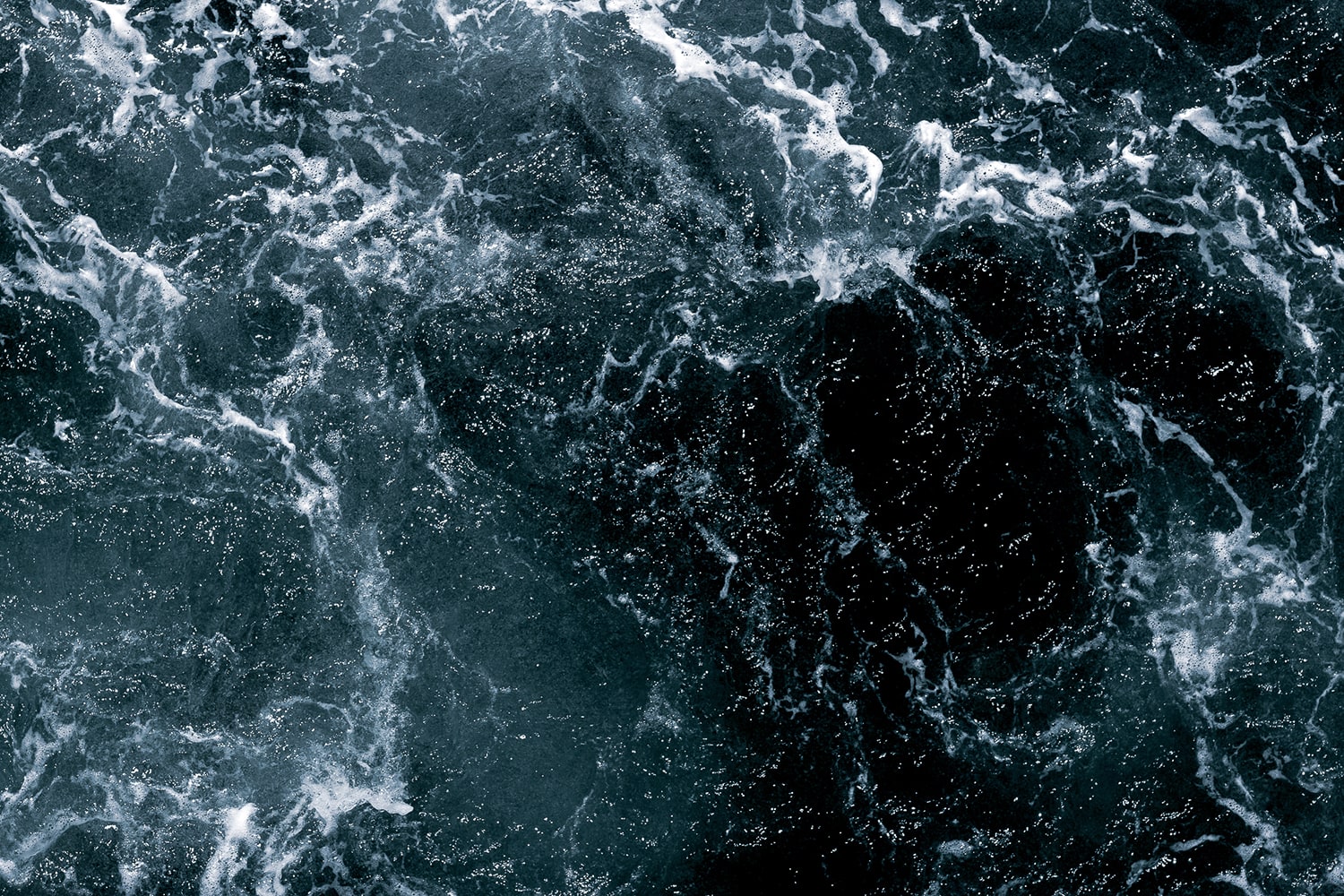
How did you become interested in the history of the Selk’nam?
When the pandemic and quarantines started, we took it very seriously and shut ourselves away at home. I used to buy books online and spend my time reading. I researched Charles Darwin and learned about his travels in the south. I was fascinated with the stories about his encounters with the indigenous people in Patagonia and Tierra del Fuego, and I started to research those indigenous people. I learned about the Yaganis, the Selk’nam, and the Mapuche.
Here in Brazil, we focus on the indigenous people of the Amazon, and everyone is interested in this subject. I thought it was necessary to make known the situation of the indigenous people of Patagonia. It seems to me that this area and its people deserve attention.
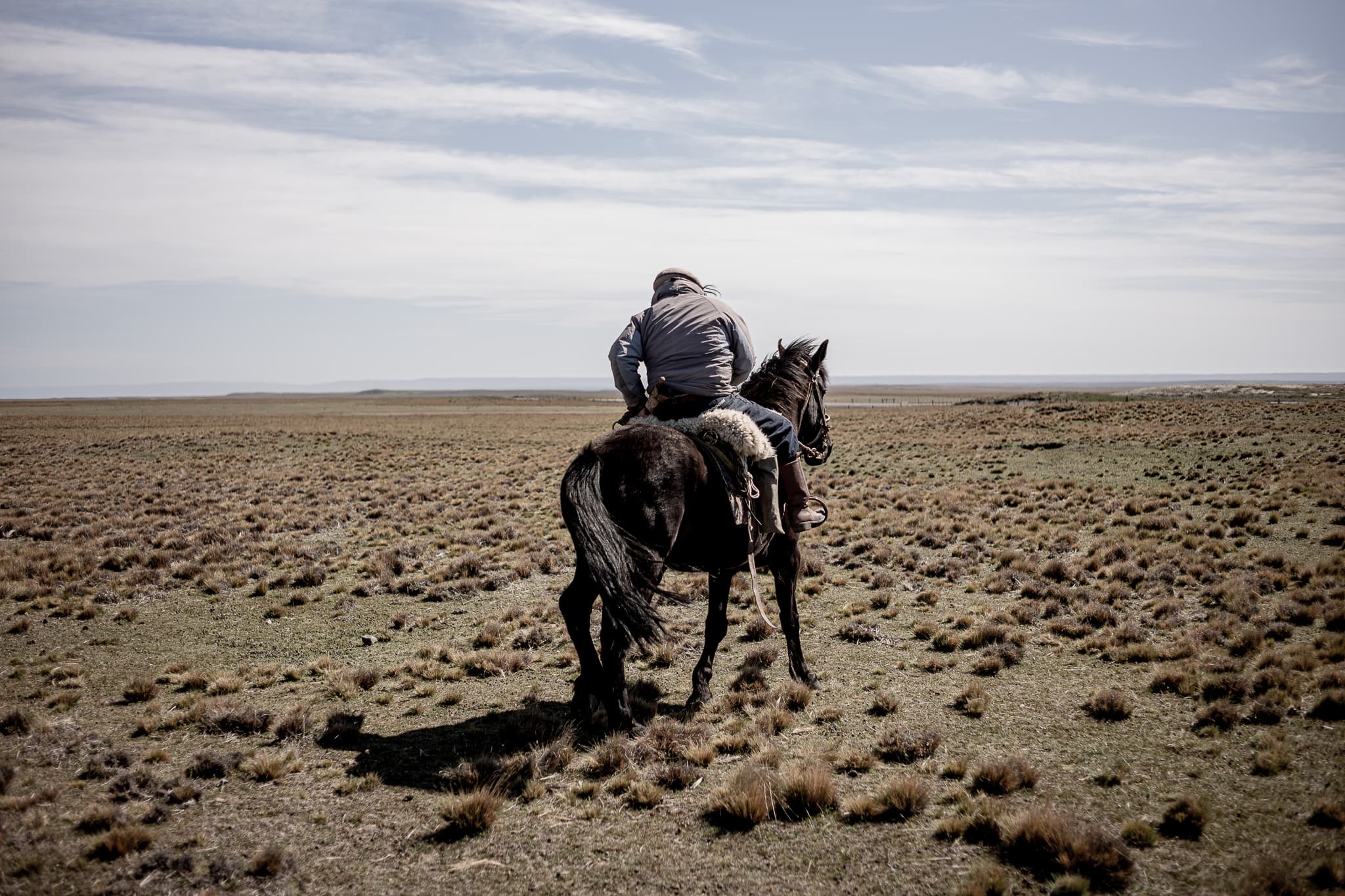
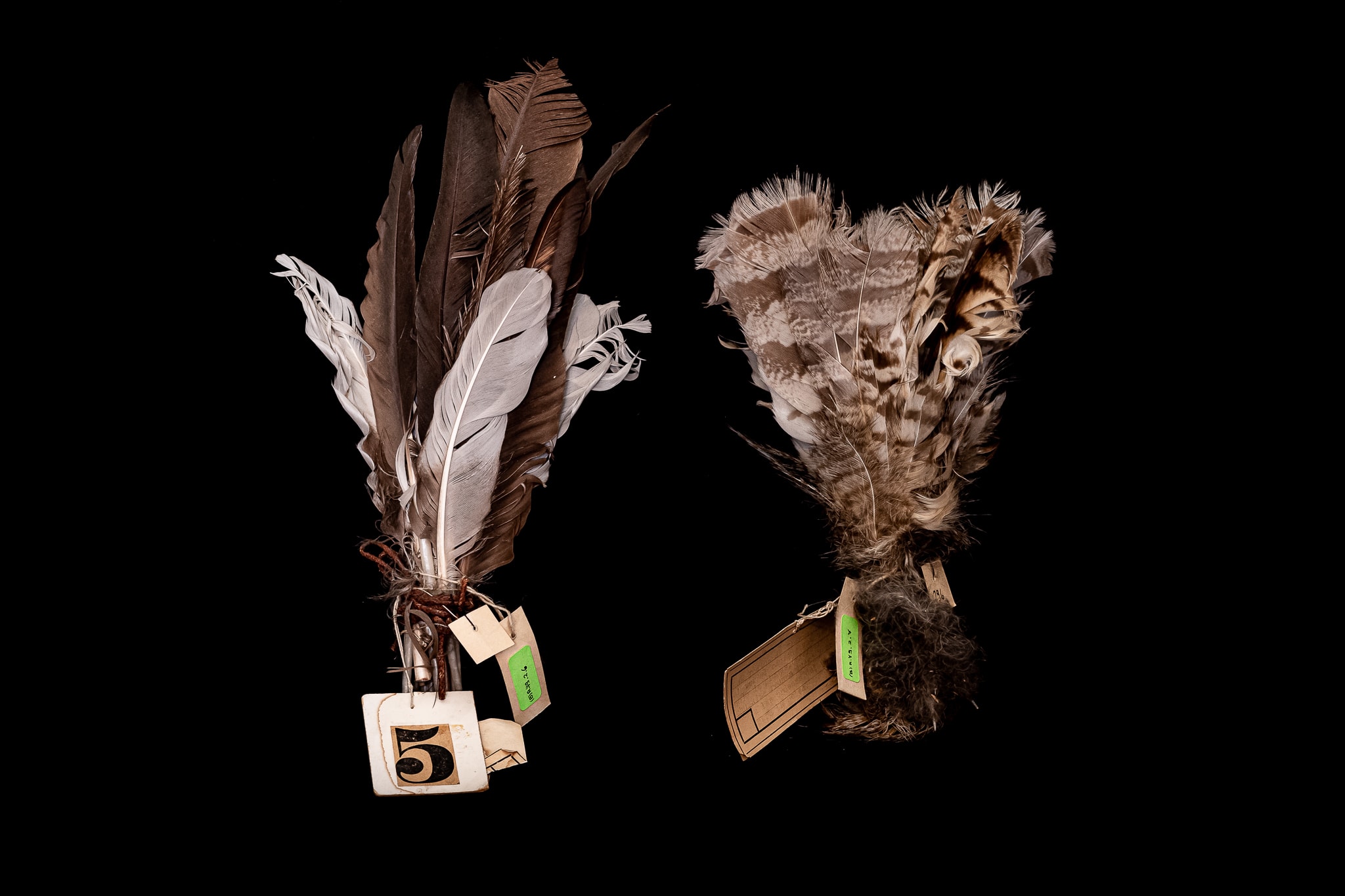
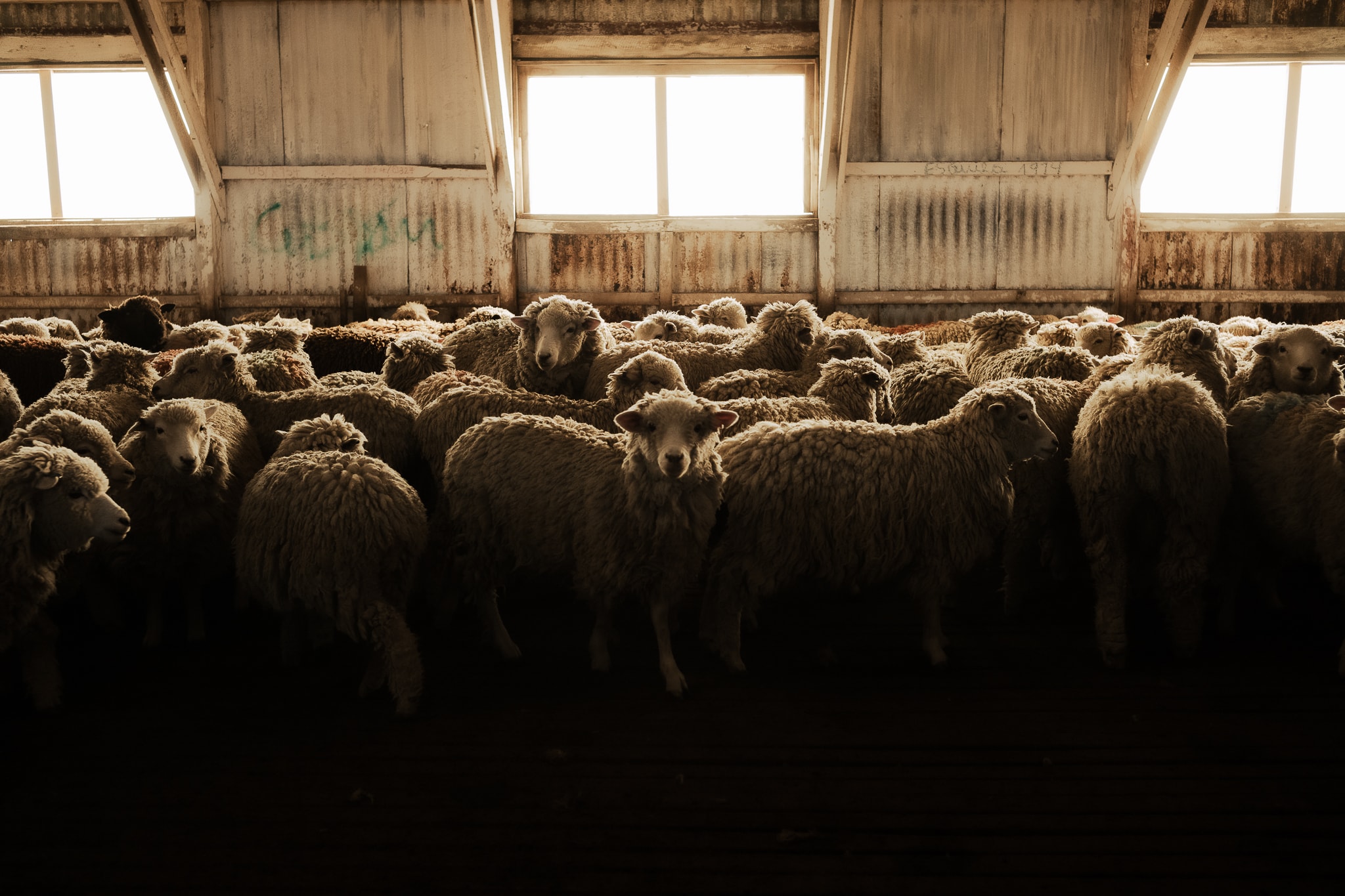
In South America, there is an imagenary around indigenous peoples that locates them geographically. Outside this imaginary associated with specific places, it is as if there were no more.
Exactly. And that is why I want to continue this project by photographing more families of these people, looking for a bridge between scientific research and photographic research. Doing that is crucial because I believe that if Chile has its indigenous past and present alive, it can better fight against racism.
In your publication, you say that you worked with survivors. What does it mean?
I began to investigate how these groups were distributed in Patagonia and Tierra del Fuego. The story that most caught my attention was that of the Selk’nam because they appear extinct in the history books. Even Chile does not recognize that the Selk’nam Indians exist. My research led me to the Selk’nam Corporation so that I could locate them. I worked with anthropologist Nina Radovic Fanta, who lives in Patagonia, and we did a series of interviews. Most of them were online because the borders were closed. I got support from the Pulitzer Center, and as soon as they opened the borders, I got authorization from the Selk’nam I traveled.
When we met, some of them visited Tierra del Fuego for the first time. They grew up thinking they were Mapuche, Yaganis. They didn’t know who they were; it took some 30 years to find out. That’s fascinating because historians tried to erase them from the records. For example, Anne Chapman wrote a lot about the Selk’nam, and ended her book by saying they were extinct.
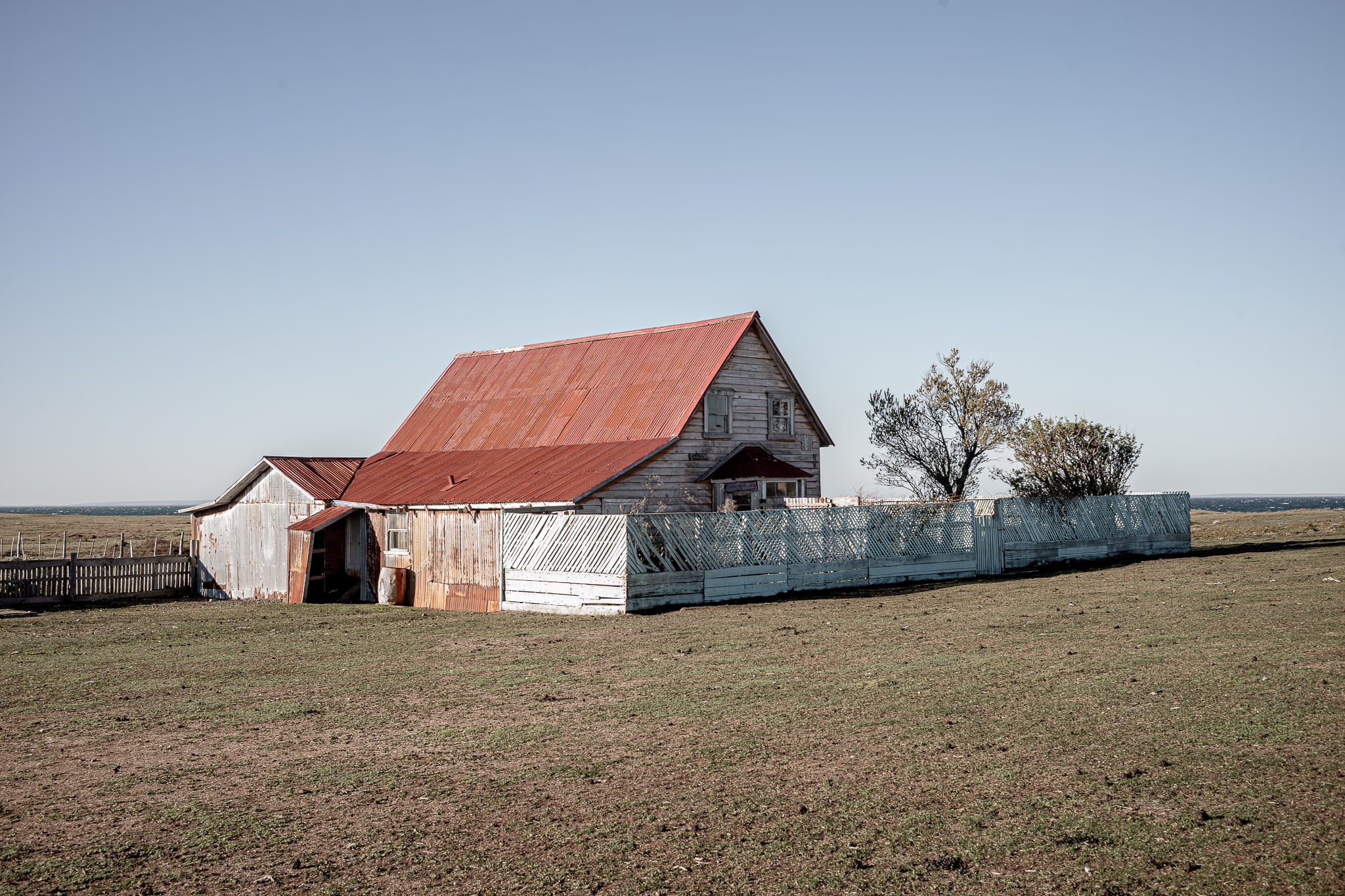
Where do they live today?
They live in several places, mainly in Santiago de Chile, others in the United States, and others in Arica. Practically none live in Tierra del Fuego. Colonizers expelled them, and they didn’t return until now. Some plan to return to live there after getting the Chilean state to recognize them as Selk’nam Indians. It will be a slow process, mainly because Chile is facing drastic changes in its constitution and having a new president coming in.
Besides, Chile is a very racist country. I lived there for five years and learned a lot about racism.
There is a moment in the text when Hector and Jose say they are learning to be Selk’nam. How is that?
Their ancestors found a way to survive the genocide by hiding their culture, not leaving written records, and not teaching their language to children. They integrated into the Chilean community to survive. And very little was gone, only a few objects that I photographed. When they say that they are learning to be Selk’nam, they are studying their origins. So, they have to learn a little about their language, which some managed to save. They have to know Tierra del Fuego. It was challenging to photograph because what they have is imaginary.
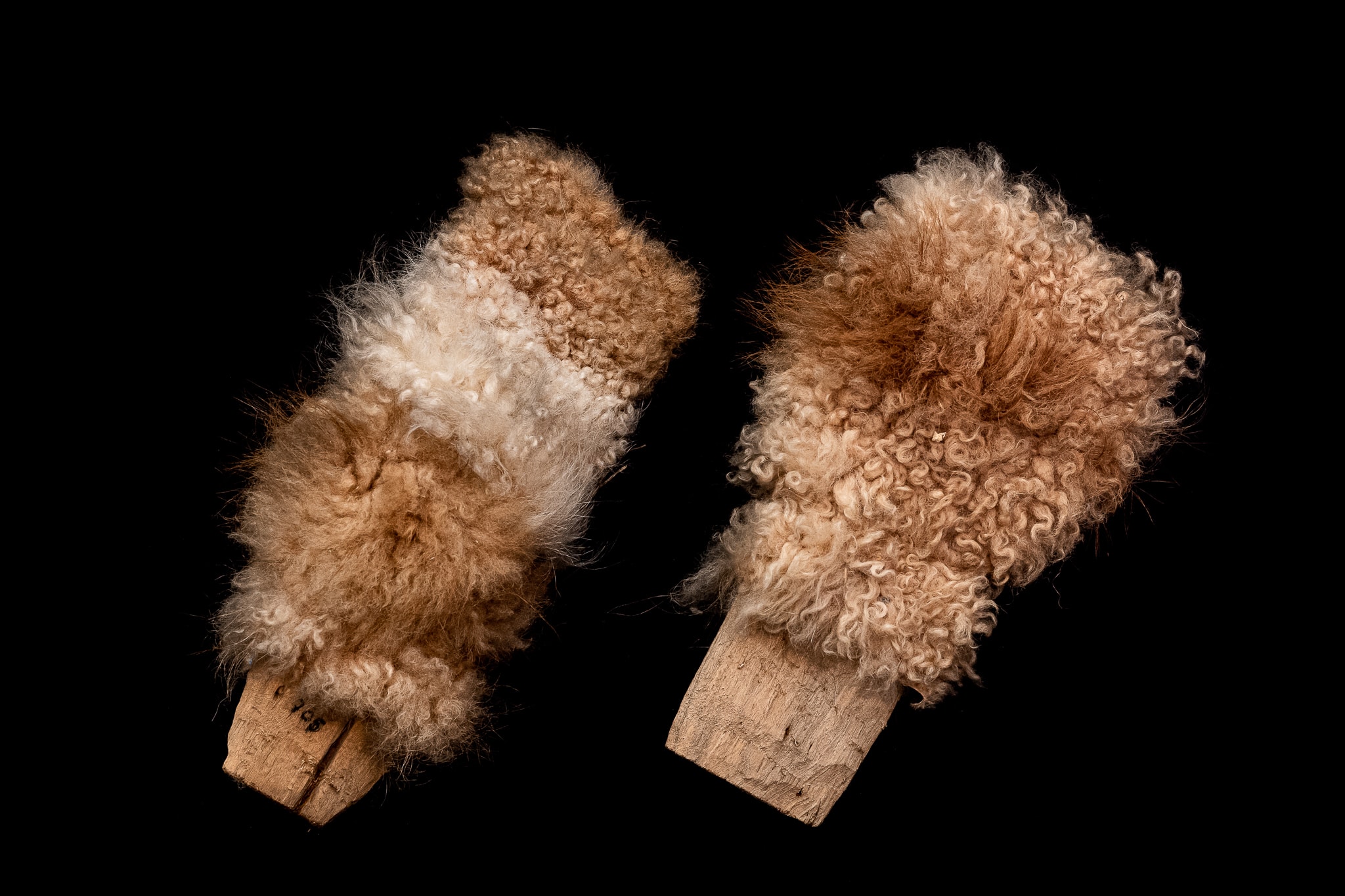
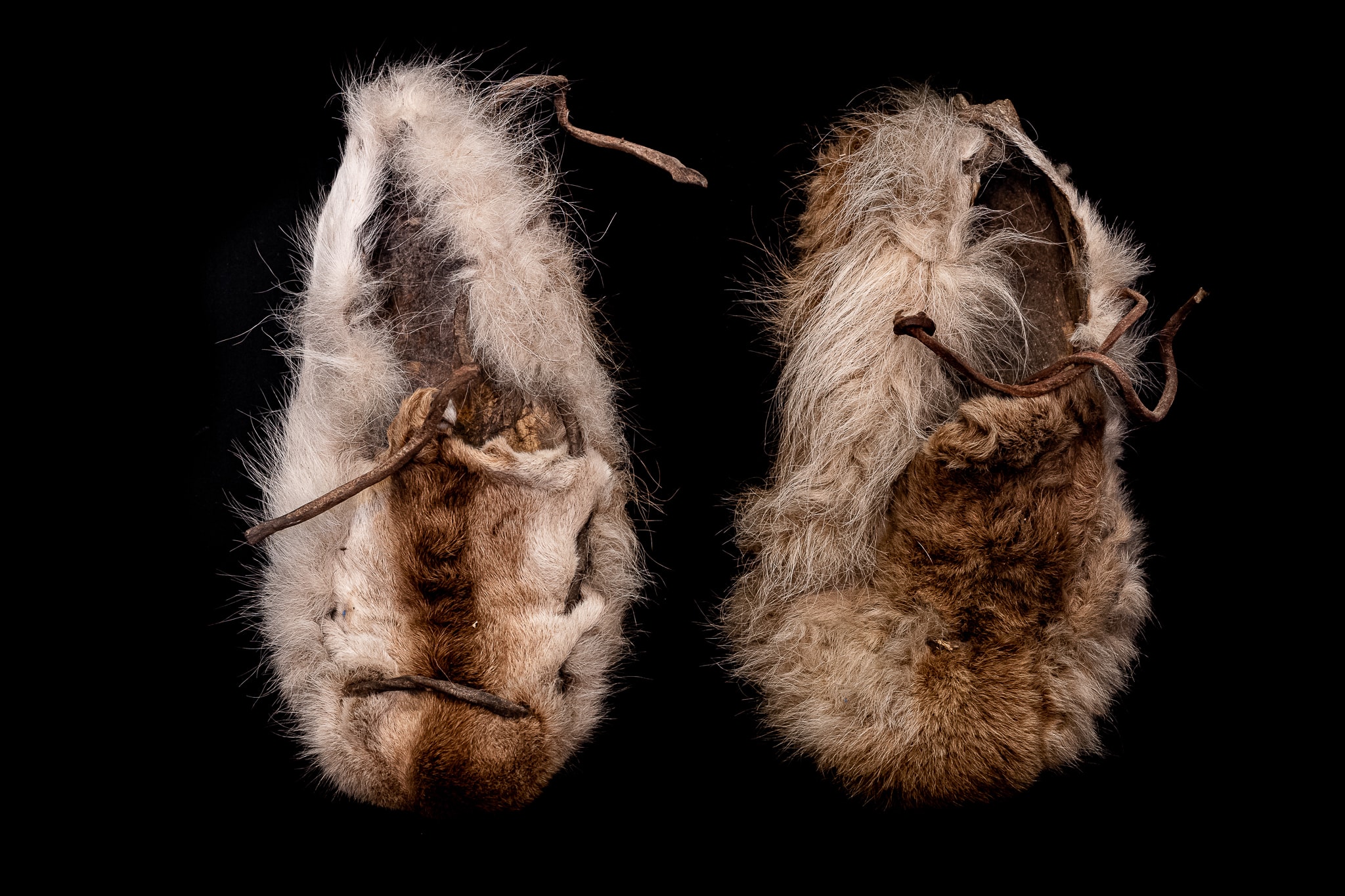
Do you know how that process of self-recognition went?
Hector told me that they had been researching for a long time in the archives of Dawson Island, the place where the Salesian missionaries took the indigenous people. After much searching, he turned a page and found his grandfather’s name one morning. Hector almost had a heart attack and couldn’t stop crying. He thought he was Yagane or Mapuche, but never had anything to back up his identity.
After thirty years, he discovered he was Selk’nam, and that was a big shock because they were supposed to be extinct.
In your photos there are many sheep. With colonization, in addition to people, many plants and animals arrived in America.
Sheep were the big reason for the conflict. For example, when Charles Darwin and other explorers passed through the area, there was no violence between them and the original settlers because the explorers were passing through. There were deaths due to disease contagion. There was no conflict when the settlers arrived until the sheep and horses came.
To breed these animals, they needed a lot of space so they began to expand. The Selk’nam lived as nomads within the same region on the northern side of Tierra del Fuego. As they began to run into fences, they realized that it was easier to kill a sheep than a guanaco, so food became plentiful. The ranchers were not going to allow them to hunt their sheep. When the big clash began: the settlers hired hunters to trap and kill the Selk’nam.
Could it be said that your work is visual anthropology?
The pandemic transformed me a lot. Before, for example, I defined myself as a photojournalist, but when the pandemic arrived, I realized that I no longer identified myself that way but simply as a photographer. Many people say that my work has visual anthropology themes and questions, but I prefer not to define myself.
